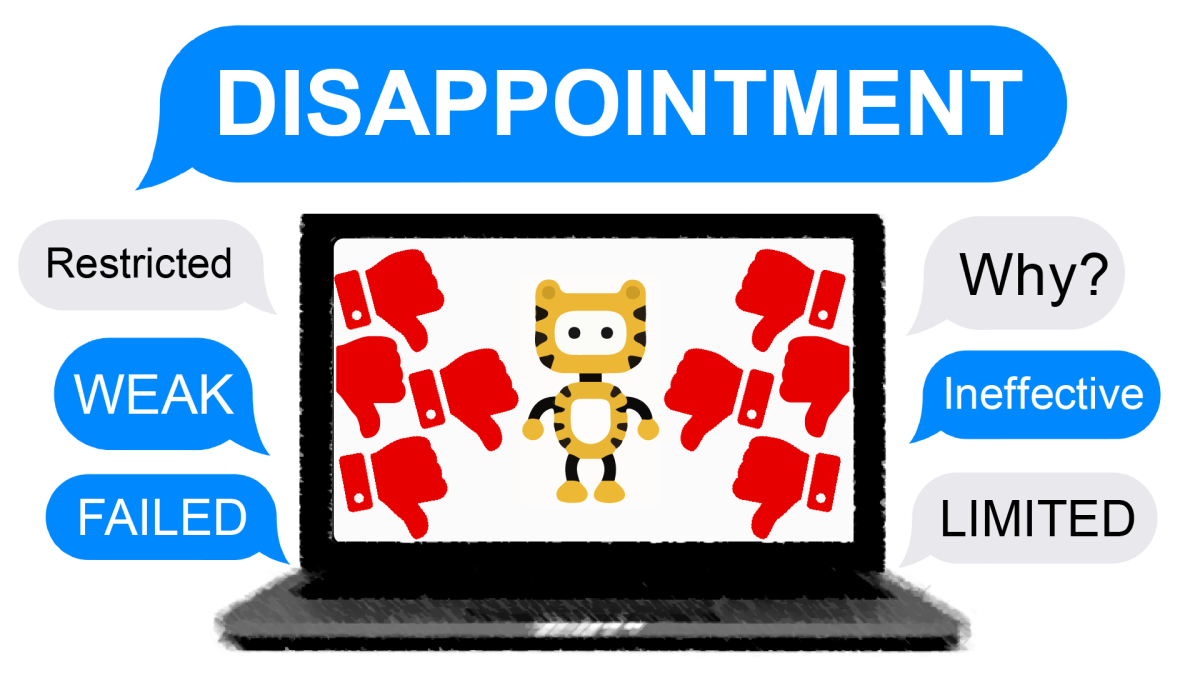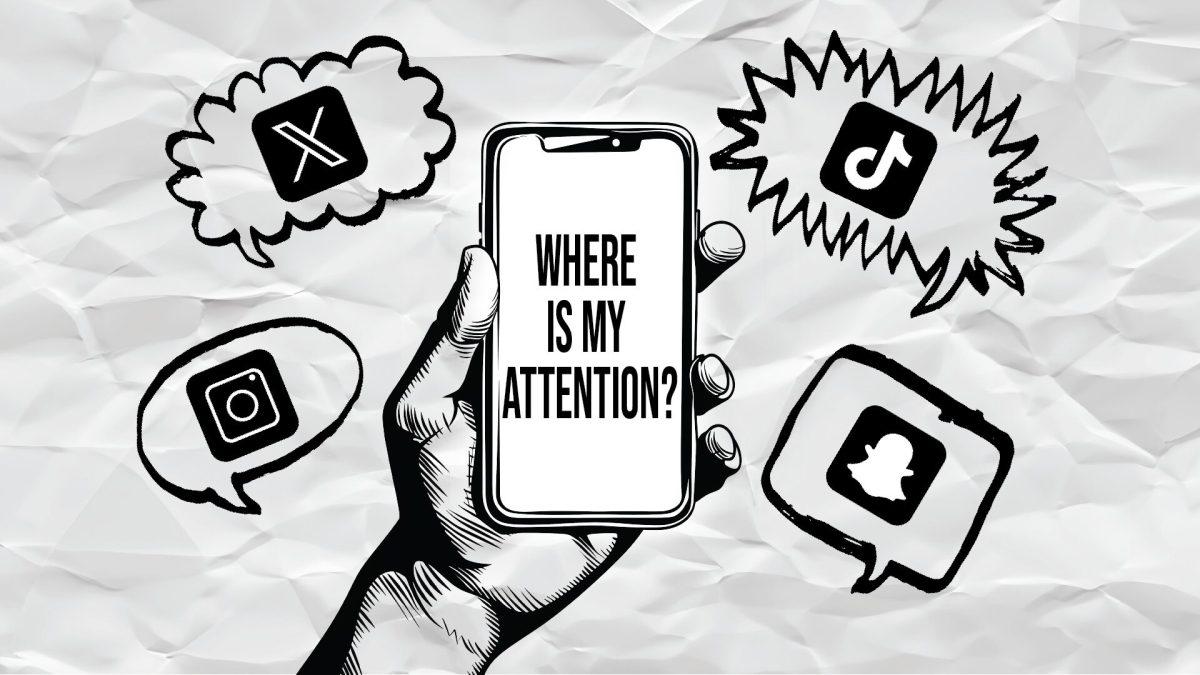I’ll be perfectly upfront: I’m absolutely in love with good satire.
The righteous sense of humor, the subtle undercurrents, the ingenious execution — it all meshes together in a truly artistic manner. However, I’ll be the first to admit that satire is a cultural form of power, something that can be utilized to elicit attention to social problems or, in similar circumstance, be used to attack the victims of those very problems.
The contemporary beacon of satire is The Onion, a satirical publication that dabbles in web media and is notorious for its brilliant, sarcastic spins on hot-topic issues. But even they don’t always get it right, and as consumers, it’s critical for diversity’s sake to recognize such failures. To consume satire responsibly simply involves the ability to recognize when it infringes on diversity and when it promotes it; that can be done by observing both intent and potential harm.
It’s important to note that, as a medium, satire is _meant_ to offend one’s sensibilities, especially if they’re of the more delicate variety. In fact, its method of sparking discussion is through insolent hyperbole. It assumes that whatever ludicrous portrayal it’s creating is just severe enough to precipitate enlightenment in its consumer. Of course, there’s an obvious problem with something that delivers its content primarily through means of offense: When does it cross the line?
Here’s a pair of the most famous articles from The Onion — and fair warning, the titles are extremely shocking, and I’m by no means advocating the premise of any one of the pieces: “Fun Toy Banned Because Of Three Stupid Dead Kids” and “God Answers Prayers of Paralyzed Little Boy; ‘No,’ Says God”. Going beyond the titular contention of the articles, I’ll suggest that one of the above pieces is righteous in nature, and the other is reprehensibly amoral.
Let’s start with [“Fun Toy Banned Because Of Three Stupid Dead Kids”](http://www.theonion.com/articles/fun-toy-banned-because-of-three-stupid-dead-kids,290/). It might seem as though it jumps rope with the ill-defined line of satirical propriety, and one’s first thought might be, “What about the families of the children?”
Remember, it’s satire. It’s not _actual_ news, and that gives it a certain luxury of _not having to be based in fact_. Point being, the kids mentioned in the story are completely fictitious. As is the case with satire, one needs to look a little deeper into the undercurrents of the piece in order to discern its intent. This particular article’s intent is to critique our culture of capitalism and corporate greed, a gilded criticism directed at executives who see “isolated” mortality statistics not as cause for immediate production recall, but as hurdles in how many digits they can tally in their salaries.
Then, there are the articles that seem maliciously eager to cross the propriety line. [“God Answers Prayers of Paralyzed Little Boy; ‘No,’ Says God”](http://www.theonion.com/articles/god-answers-prayers-of-paralyzed-little-boy,475/) is one of them. The most obvious criticism of this article is its intent. What is it attempting to satirize or critique? If you have to force an answer, you’ll see it’s a satirical portrayal of faith. Satire, when implemented through a written medium, is almost always used to point out a malignant social problem receiving insufficient attention. Faith, I’ll contend, is not a “malignant social problem.”
Unfortunately, the article fails in another regard as well — potential harm. It’s a simple, albeit tragic, fact that quite a few people have loved ones who are ill, and faith is often an efficacious coping mechanism. Sarcastic portrayals of desperate hope are not what satire is intended for.
I often see people sharing articles from The Onion, and in my opinion, people either infer too little offense or far too much at a curiously frequent rate. Feel free to be as offended toward a certain piece of writing as you’d like. I have no place telling you how you should feel. But for those who prioritize the intelligent consumption of media, remember: Analyze what a piece of work is trying to do, and whether it manages to do it. In the case of satire, try and consider the intent and the potential harm.
Satire can certainly be a malevolent demonstration of injustice toward a hurting people. But it’s important to remember that it can also be a beautiful art form that champions diversity and social discourse, all while being exceedingly clever and entertaining.








